Compared to China and Japan, traditional Korean food is a bit of a mystery to many. It’s a shame because Korean food is colorful, flavorful, and often healthy. While exploring the peninsula, it’s a good idea to keep a list of meals in mind. Menus, while often in English, may not adequately explain what a dish is.
This list is neither definitive nor exhaustive but should help you learn what to eat in South Korea. There are dozens of great dishes to try in South Korea. There is a degree, I think, of an acquired taste in some aspects of Korean food that can make choices at a restaurant a daunting task. I’ve attempted to include food that is, for the most part, accessible to Western palates and easy to find, with an exception or two. I’ve also tried to avoid regional favorites; the meals below should be available anywhere. Some are spicy, others are salty. All are delicious. And yes, many involve kimchi.
Kimchi (??)
Let’s get this one out of the way. Kimchi, a fermented spicy cabbage in most instances, is the national food of Korea. Nearly every meal will include it in some form, either as an ingredient or as a side dish. It can be served cold, it can be served hot, but it will most definitely be served. There are over 200 varieties of kimchi, depending on what vegetable is being pickled and what spices are being added. If you have a low tolerance for heat, best not to stuff a whole leaf in your mouth.
Kimchi Jjigae & Kimchi Bokkeum Bap (?? ?? & ?? ???)
As I said, kimchi is an ingredient in many popular Korean dishes. 24-hour diners are ubiquitous in South Korea, and nearly everyone has these two staples on the menu. Kimchi jjigae is a red, spicy soup with kimchi and vegetables. Pork is often available as an addition, which I recommend. Saltier than spicy is kimchi fried rice, or kimchi bokkeum bap. It’s a popular option to add tuna, especially if you want to balance some of the kimchi flavor. Scrambled egg is both mixed into the rice and served atop the pile.
Kimchi jjim(?? ?)
You must be worrying that every meal revolves around kimchi, but hear me out. Kimchi jjim is essentially a pork roast wrapped in leaves of kimchi. I submit that kimchi tastes better warm than cold, and when it’s paired with melt-in-your-mouth morsels of pork, there’s nothing better. Kimchi jjim is often served with cheap ramen noodles to make soup. This dish is a bit niche, typically found in restaurants that specialize in it or are renowned for their kimchi. If you can find it, it’s a perfect meal for winter. This is my favorite Korean dish.
Kimbap (??)
Let’s step away from kimchi for a minute. Kimbap appears to be a Korean version of sushi, but there is no raw fish involved. In fact, it’s more like a burrito of rice, veggies, egg, and meat wrapped in salty seaweed and cut into slices. They are a perfect snack or cheap meal, rarely costing over 3000 won (and they’d better be great if they do). It’s found in most fast food diners; some even specialize in it. Kimbap comes in many varieties, including bulgogi, tuna, and of course kimchi.
Bulgogi (???)
Literally meaning ‘fire meat,’ bulgogi is just grilled meat with simple seasonings. It often appears as little bite-sized twists of meat, perfect for dipping into sauces or munching on with a bowl of mild udon soup. This is a good option for those who don’t like spicy food.
Dak Galbi (???)
Like stir fry? Of course, you do. Dak galbi is spicy stir-fried chicken, with some rice cake thrown in there, some vegetables, and a heap of rice. Some restaurants include the option to add cheese. The answer is, of course, ‘yes.’
Tang Su Yook (???)
Those who are skittish about spicy food will need to navigate the Korean culinary waters carefully—there’s a lot of heat to go around! If you’re looking for something more savory, you ought to look for Korean-Chinese joints. Much like the West, Korea has developed a ‘Chinese’ cuisine that borrows from authentic Chinese recipes but tweaks them to suit local palates. These Chinese restaurants are often found near inter-city bus stations. Tong Su Yook will taste familiar—it’s essentially sweet and sour pork.
Jjajjangmyeon (??? or sometimes ???)
Another staple of Korean-Chinese is this noodle dish topped with pork, vegetables, and a black sauce. If your mom ever made you beef noodle soup when you were sick as a child, then you about understand the gist of the savory, salty qualities of jjajangmyeon. This is another great non-spicy option.
Kalguksoo (???)
Let’s hear it for soup! Soup is an essential building block of a Korean meal, along with rice and kimchi. Soup may be the most difficult aspect of Korean cuisine for newcomers: they are often very spicy or include unasked for tentacles or mysterious roots. A plain and simple soup is kalguksoo, with big fat noodles and vegetables in a vaguely-seafood dish broth (kelp is often used for flavor). There are no strong flavors here, only warmth and happiness. There are several iterations, some including seafood, so if you’re not about that sort of thing then make sure there are no addendums before ordering! (Pictured is ‘clam’ kalguksoo.)
If none of this sounds appetizing, keep in mind that Korean Barbecue is adored by all. Order some meat or vegetables, throw it on the grill, and enjoy. Or better yet, press the button on the table and have the server do everything for you. Keep in mind that most Korean dishes are served family-style. This should come as no surprise once sitting down; the grill or pot often sits in the center of the table. Happy eating!
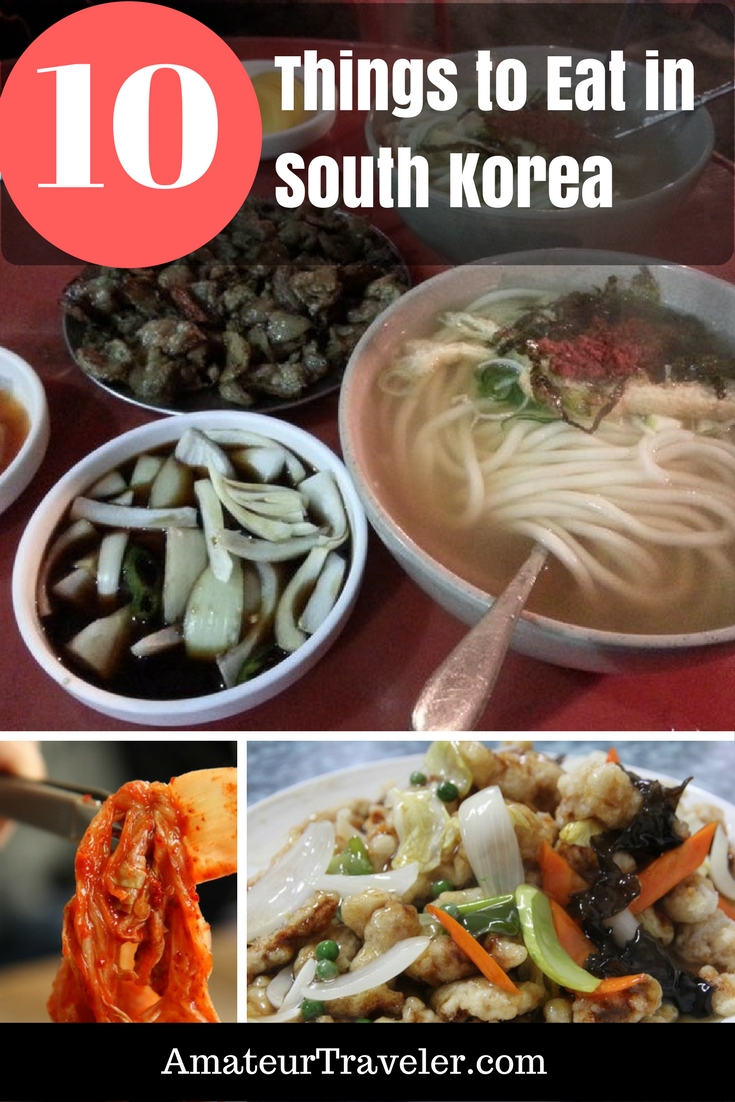
One Response to “Traditional Korean Food – 10 Things to Eat for Beginners”
Leave a Reply
Tags: article, food, south korea


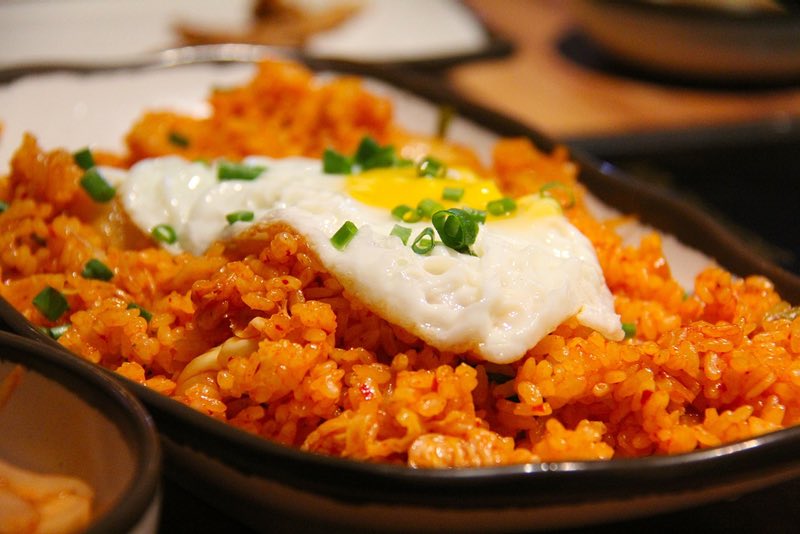
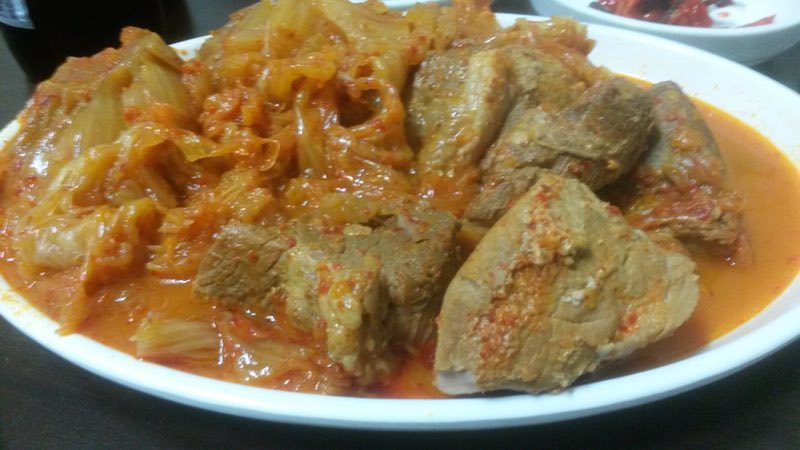
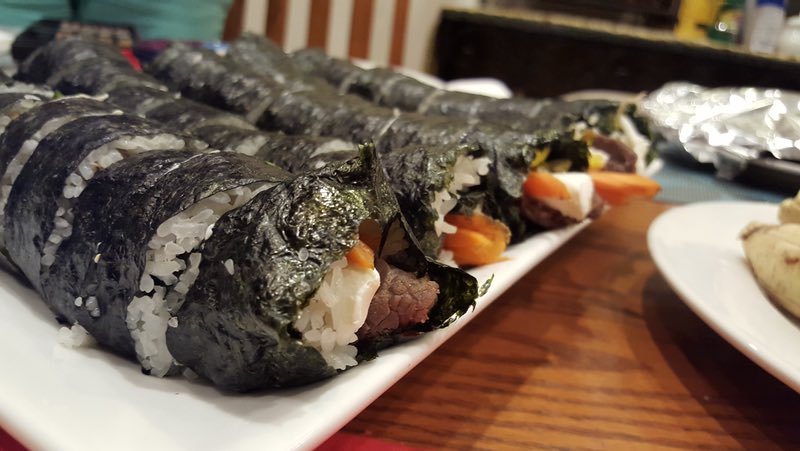
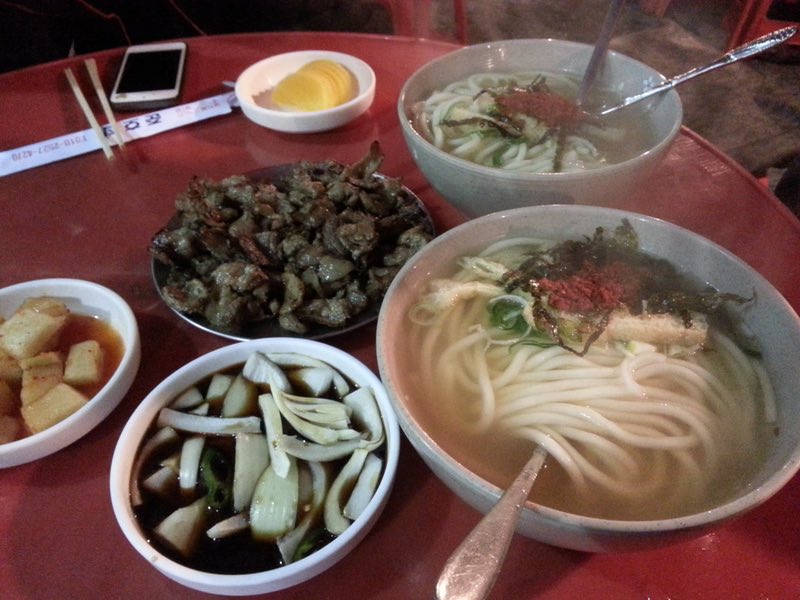
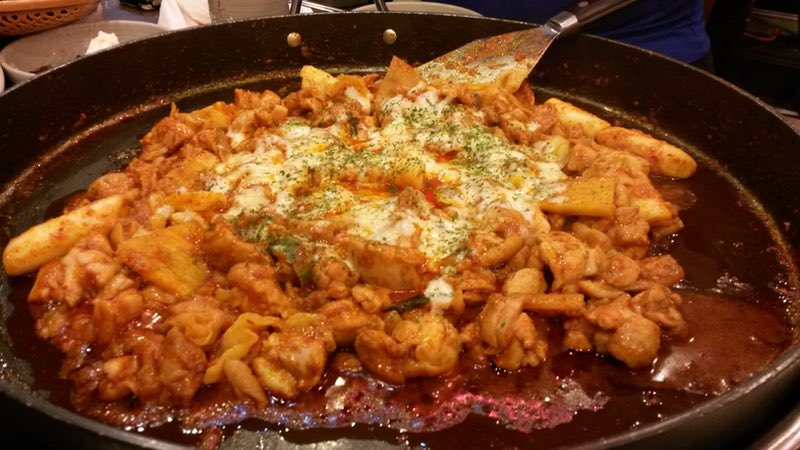
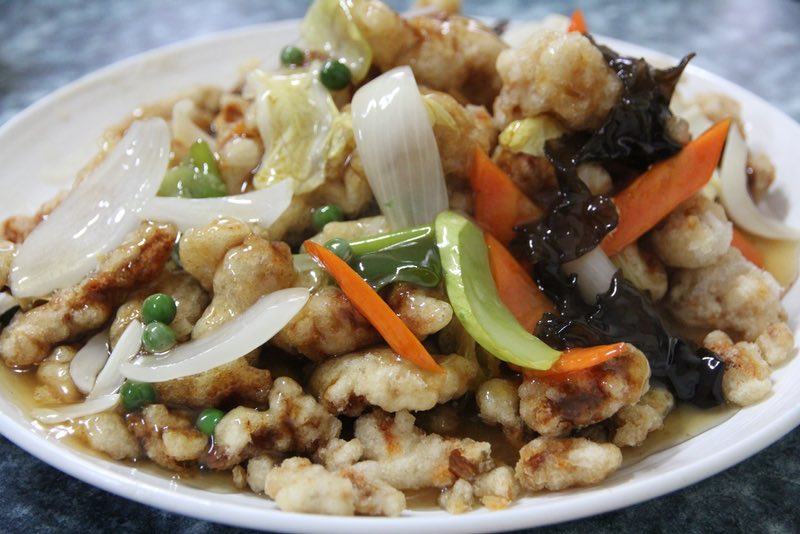
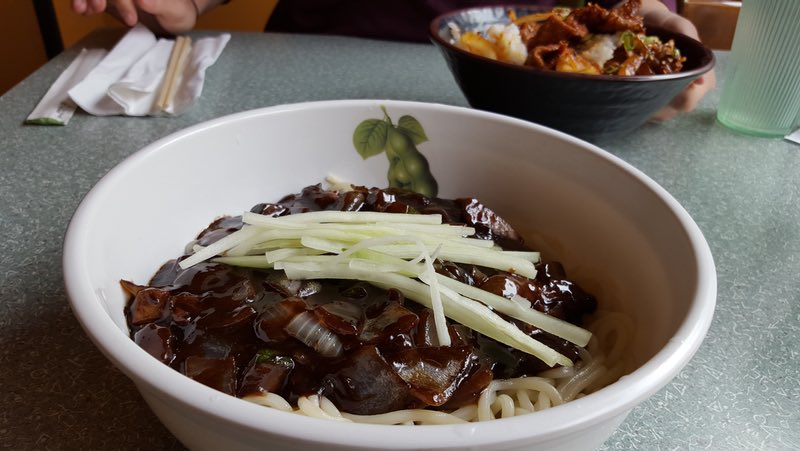
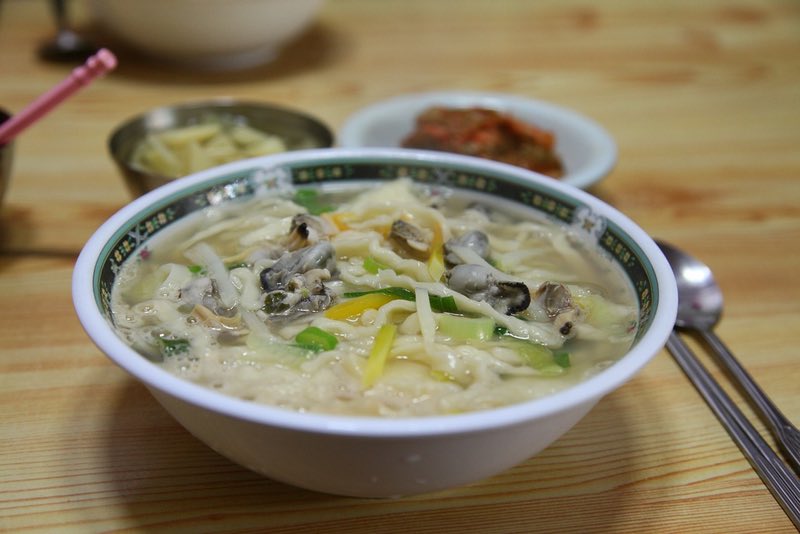

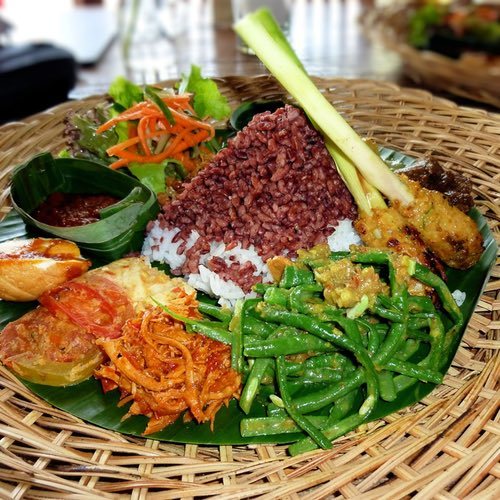 Southeast Asian Food Culture
Southeast Asian Food Culture 10 Best Street Foods You Must Try in Southeast Asia
10 Best Street Foods You Must Try in Southeast Asia Travel to Southern South Korea – Episode 286
Travel to Southern South Korea – Episode 286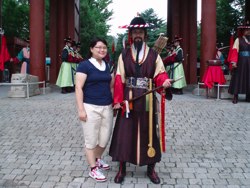 Travel to Seoul, South Korea – Episode 157
Travel to Seoul, South Korea – Episode 157


Caden Dahl
Says:March 20th, 2019 at 7:00 pm
All of this food looks amazing. I’m a big fan of Korean foods. I think that I should check out some places by me.